Planting Times and Watering
The biggest mistakes gardeners make with lavender are planting times and watering. While lavender is considered a full sun plant, our desert sun is brutal, therefore planting between May and September should be avoided. Get plants established when it is cooler, plant in late fall or early spring. If temperatures are above 80 when you plant out, give it some sun protection until it is established. Ideally, plant lavender in a spot that gets morning sun and afternoon shade. Some will take all day sun if there is enough moisture in the ground. Wilting lavender is a good indication that it is getting too much sun or not enough water. It is not uncommon for herbs and veggies to wilt during the heat of the day, but they should perk up once the sun goes down. If this is not happening with your lavender, or the wilt looks really bad, then it’s time to either give it a little drink or some shade. Lavender prefers a neutral or alkaline pH, therefore our desert clay is good, but drainage needs to be added. Lavender should not be planted any deeper than the soil level in the pot. This is a sure way to kill lavender. There are a few differences between growing lavender in a pot and growing in the ground.
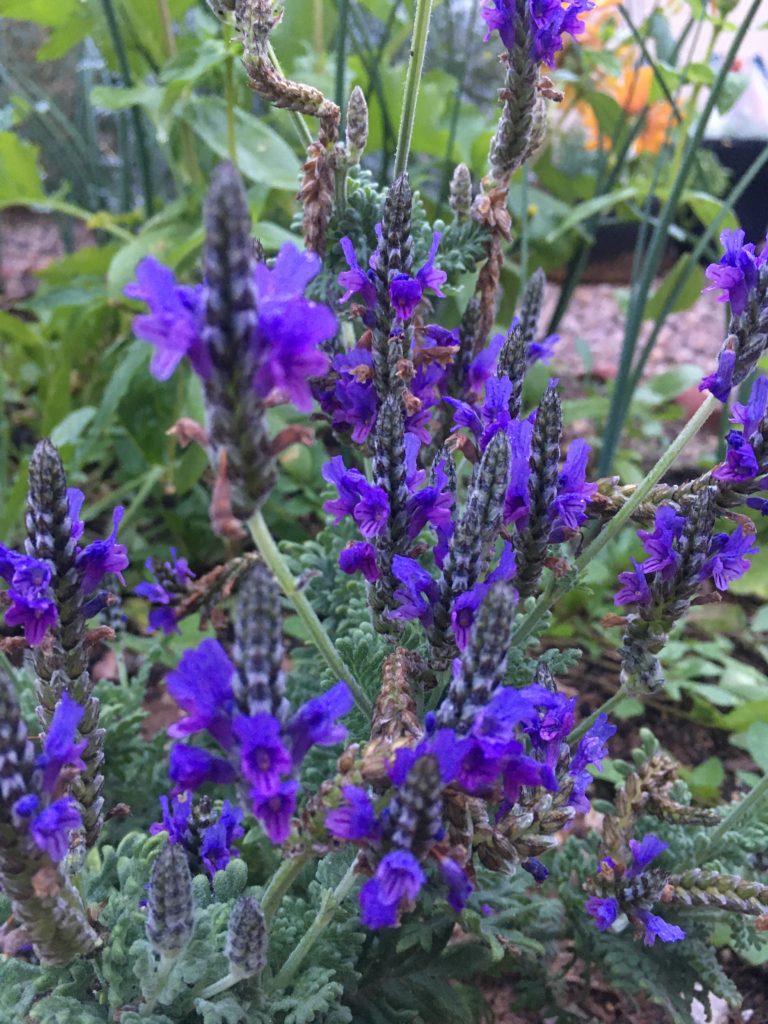
Growing In-Ground
If planting in native clay, add some lava rock to the planting hole to help with drainage. Initially, water your lavender well, and water again in 2-3 days. Do not allow the plant to dry out completely before it becomes established. This does not mean it should be over watered, check for the soil to be slightly damp before watering again. Once your plant has established, less frequent waterings will be ok. However, due to the intense heat, your lavender will still need more water than lavender grown in the Mediterranean. If you are hand watering, soak deep 2-3 times a week depending on how quickly your soil dries up. The key is how quickly the soil dries up. Your lavender may do just fine with less watering. Observation of your specific growing conditions will help determine what kind of watering schedule will be necessary. If you are on flood irrigation, the bi-monthly summer watering schedule will be sufficient.
Growing in Pots and Raised Beds
Pots heat up very quickly in the summer and can easily cook your plants. Therefore plant in the largest pots you can and avoid unglazed terracotta. One reason potted lavender dies is that the root system gets as large as the aerial part of a plant. The roots can get very constricted, in addition to no soil being left in the pot. The roots could be matted or pot bound and water is not reaching most of the roots. They will need to be planted in the ground after two years or up potted to a much larger pot if they are to survive. Potted lavender needs to get afternoon shade, or it will not survive. In addition, it will need to be watered every day or every other day, depending on how quickly the pot dries out. Lavender does not do well if the roots sit in water, so drainage is important, but ensuring that the plant does not get too dry is also necessary. The pot itself should be well shaded or wrapped to ensure that it can remain as cool as possible. Lavender in a pot will benefit from a small feeding of high phosphorous food, too much nitrogen can cause a lot of green growth but no flowering. Lavender does not require rich fertile soils, it prefers poor well-drained soil.
Fall and Winter Care
It has been my experience that fern leaf lavender thrives in late fall, winter, and early spring. It bloomed consistently and grew into a large bush. As it cools down, cut down on the water. During winter the only water it should receive is rainwater, unless it starts to look a little wilted. Container-grown lavender may need the odd watering. In early fall, prune and remove one-third of the year’s growth. Do not cut into the woody brown stems, or those branches will not grow back. Shape it into a mounded shape. During blooming, prune the dead blooms to ensure continuous blooming. Cut all the way at the base of the stem, rather than just the top of the dried-out flowers. In colder areas that get frost and even snow, they should be protected from the cold.
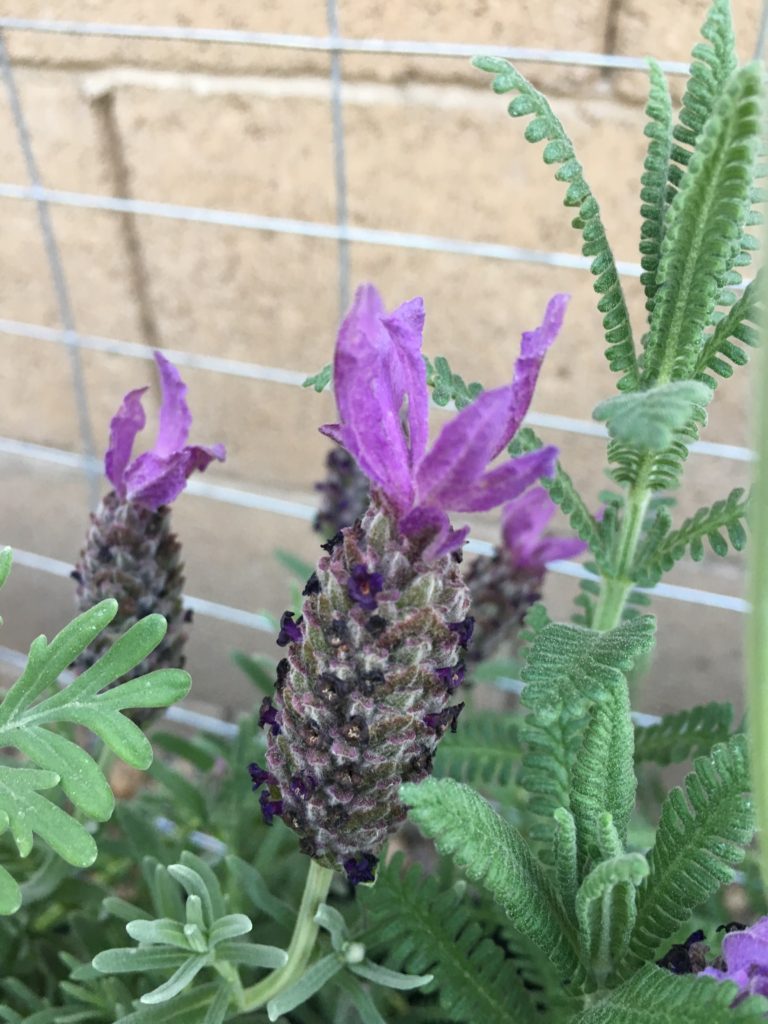
What Varieties To Plant
The suggestions for varieties are based on experience from local gardeners who have success with lavender and what is grown at the lavender farms in Arizona. While some other varieties will also grow well here, we do not have experience with them.
- Fern Leaf Lavender: (Lavendula multifida) A very easy variety to grow, however, it does not have a great lavender smell. The fern-like silver foliage is very attractive and bees and hummingbirds love it. A great variety to start with as it seems to be the easiest to grow here.
- Goodwin Creek: (Lavendula x ginginsii) This variety smells amazing and I currently have it thriving in a pot. A beautiful variety that is very tolerant of heat. Long slender dark purple flower spikes. In a pot, Goodwin needs afternoon shade.
- Provence Lavender: (Lavendula X “ intermedia”) Provence is a culinary lavender and used in savory and sweet dishes for their flavor. This variety is grown by all the Arizona Lavender farms. It is also called lavandin. It makes a fantastic cut flower with its tall blue spikes.
- Grosso: (Lavendula grosso): Possibly the most fragrant lavender of all. It is used in the making of essential oils and other fragrance products. This variety is also grown by local lavender farms. Grosso is a french hybrid with dark blue flowers. It grows into a large bush and is best planted in-ground.
- French Lavender: (Lavendula dentata) The dentata in the botanical name refers to the toothed leaf shape, dentata meaning “toothed”. This is a very fragrant variety with stunning foliage. It does well with heat and dry conditions.
- Spanish Lavender: (Lavender stoechas): Also known as Rabbits ears lavender, due to the bracts on top of the flower stem. A very attractive variety with deep purple flowers and a lovely scent.
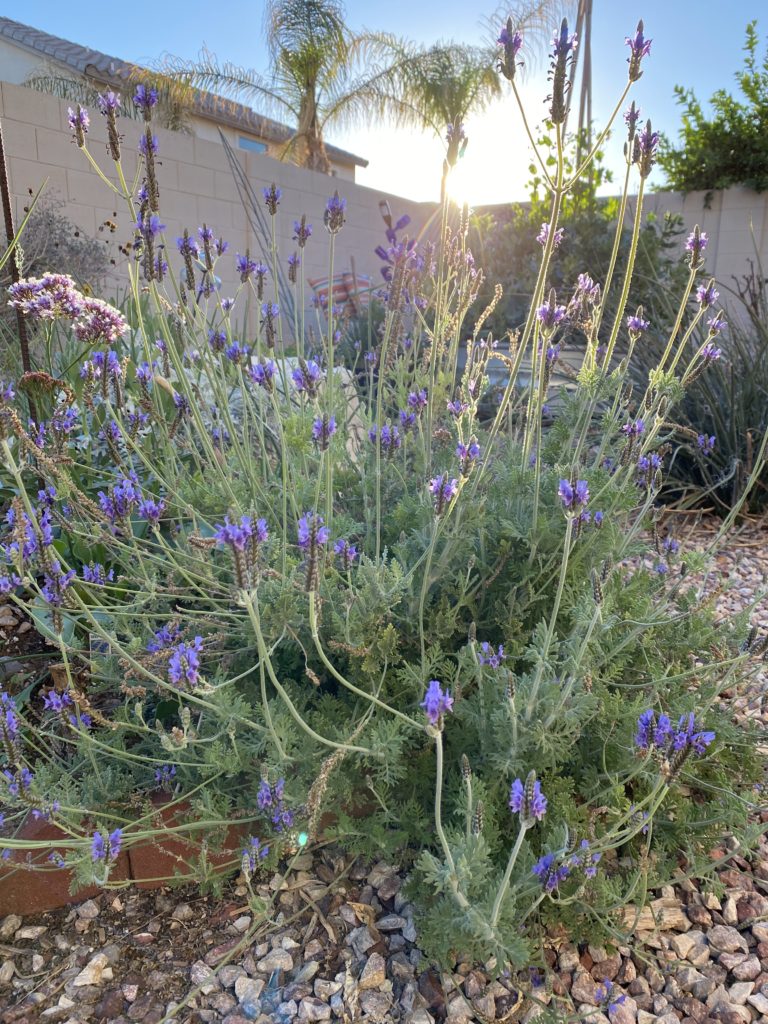

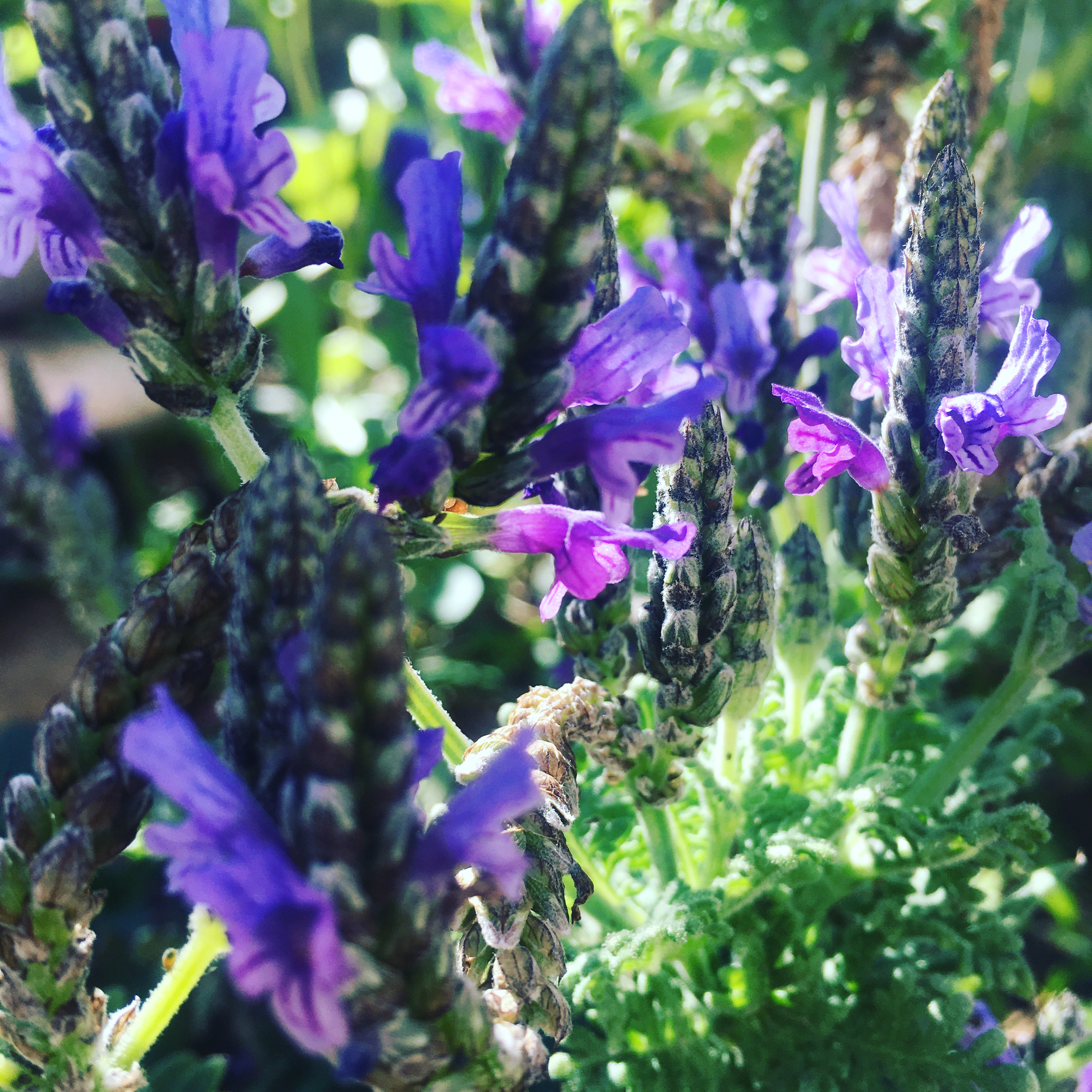
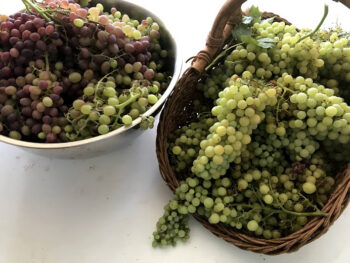
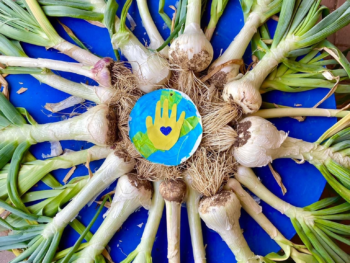
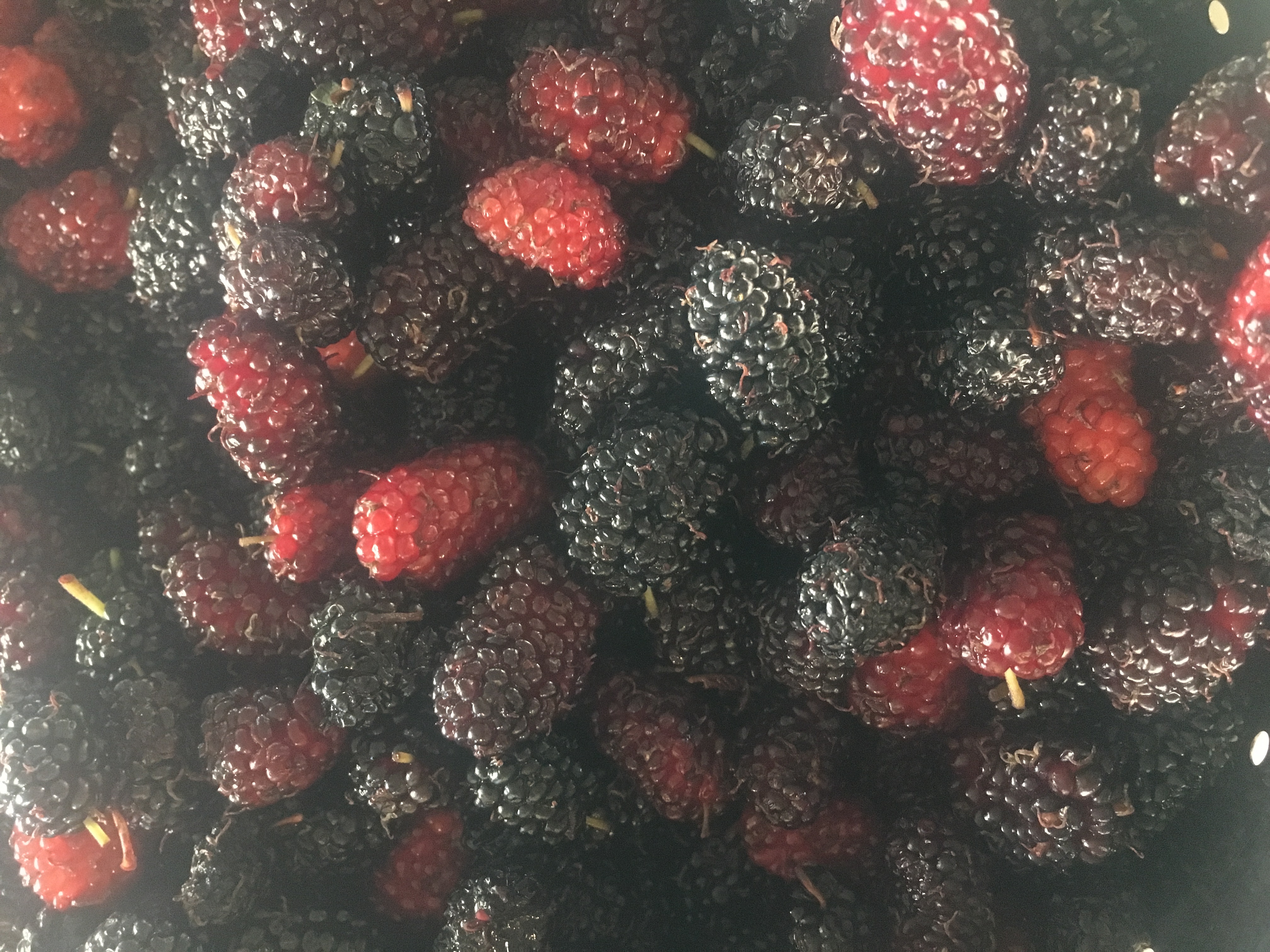
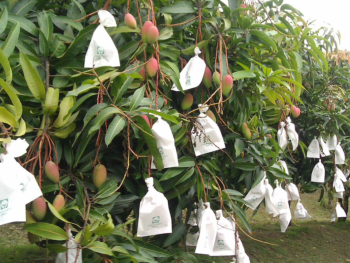
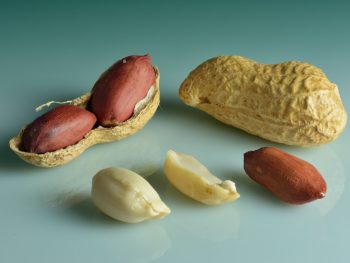
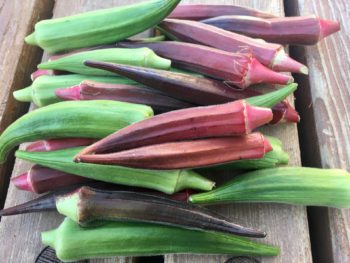
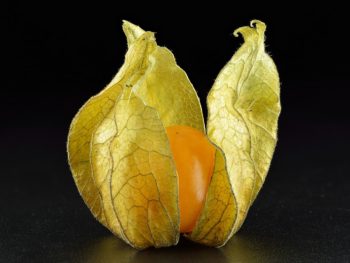
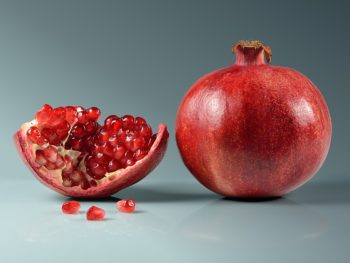
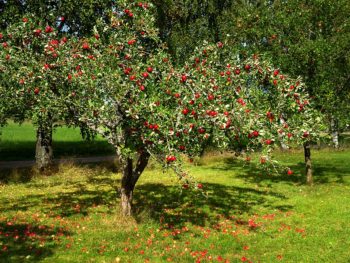
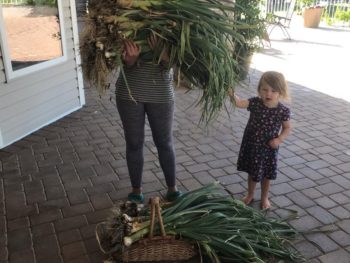
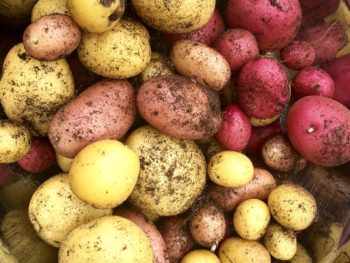
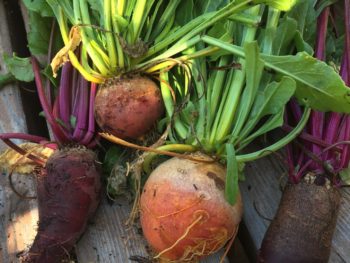
 Prepping the Garden for a Desert Summer
Prepping the Garden for a Desert Summer